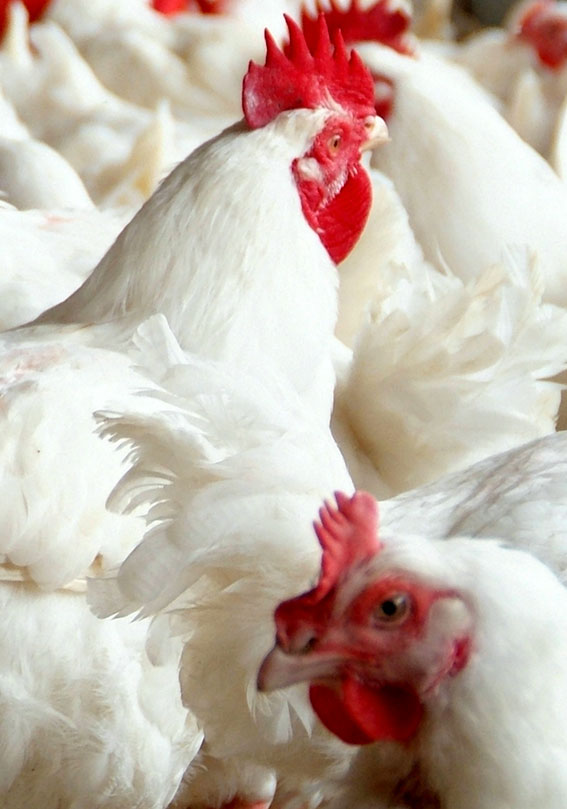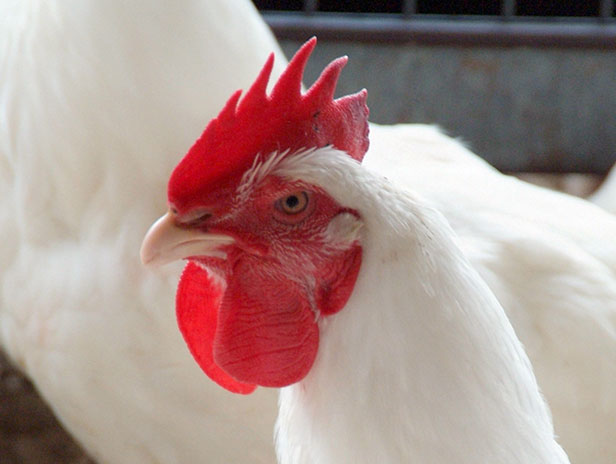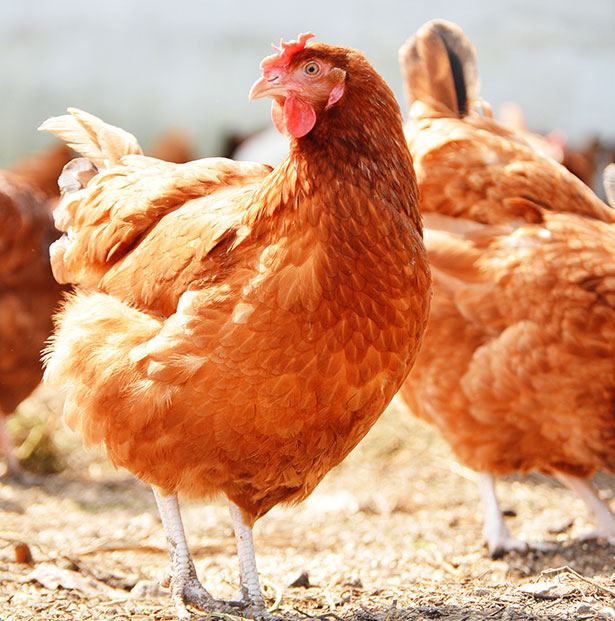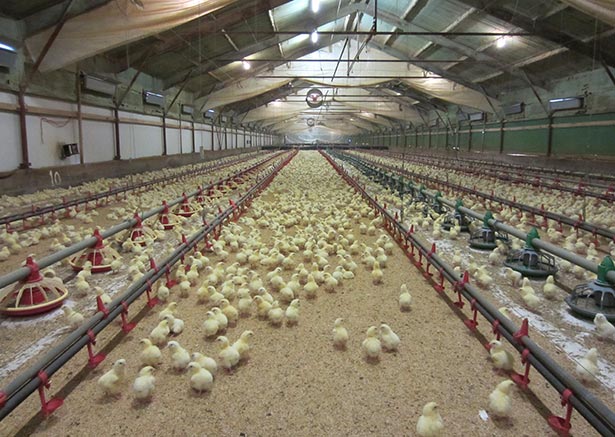
Poultry
livestock
Poultry

-
Output $785m est. Up 0.3% yoy
-
NSW share of national production increased during the year
-
Rising feed costs have challenged the industry

Per capita consumption of poultry in Australia continued to rise driven by its affordability relative to other animal proteins. Production in NSW increased as slaughter rates outpaced the national average. Costs of production rose in line with rising feed costs, however prices were more stable than in other livestock sectors, reflecting the intensive nature of the production system.
Modelling avian influenza outbreaks in the poultry industry
NSW DPI contributed to research comparing avian influenza (AI) risks between poultry sectors. There is concern that growing demand for free-range products could increase the number of high pathogenic AI (HPAI) outbreaks by increasing the potential for low pathogenic AI (LPAI) introduction to commercial flocks from wild birds. Models were developed to understand the effect of a shift to free-range farming on the risk of HPAI outbreaks, and how poultry housing (barn, free-range and caged) interacts with a risk of introduction of LPAI from wild birds.
Research Article
Production
NSW chicken production was up 11% in 2018–19 driven by a 4.4% increase in slaughter and a 6.1% increase in average bird weight19, and outpaced the national average during the year. As an affordable protein relative to beef and lamb, demand for poultry meat remains strong. Since 2017, NSW’s share of national production has increased from 32% to 38%, reversing a decline that commenced in the 1960s.
The chicken industry has made substantial improvements in feed efficiency. In 1975, it required 2.5 kg of feed to produce 1 kg of chicken meat. In 2018, it took only 1.75 kg of feed to produce 1 kg of chicken meat21.
Despite the fact that no meat chickens are reared in cages and the use of hormones in chickens is illegal, 80% of Australians still believe hormones are fed to chickens to make them grow faster, and 72% believe meat chickens are reared in cages21.
Price
As processors control substantial parts of the poultry meat supply chain, producer prices reflect both the price received by contract growers and other costs (including feed costs) incurred in rearing poultry to the processing stage. There is a reasonable correlation between feed prices and the price received by processors95. Producer prices are estimated to have risen by 1.4% in 2018–195.
Retail prices were up 2.8% in 2018–19. Driven by improvements in production efficiency, retail prices have traditionally risen more slowly than alternative meats107.
Trade
Australia exports a relatively small amount of poultry meat, primarily to other countries in Asia. NSW exports fell 3% during 2018–19 to $22 million87. The fall in exports reflects some decline in competitiveness due to rising costs of production as a result of the drought.
Outlook
The outlook for poultry meat is relatively stable compared to other livestock sectors. While costs of production are rising and strong competition from supermarkets will continue to put pressure on prices, processors are well positioned to gain efficiencies and recover some of the rising costs. Higher prices for competing animal proteins will also improve poultry meat’s competitive position.


